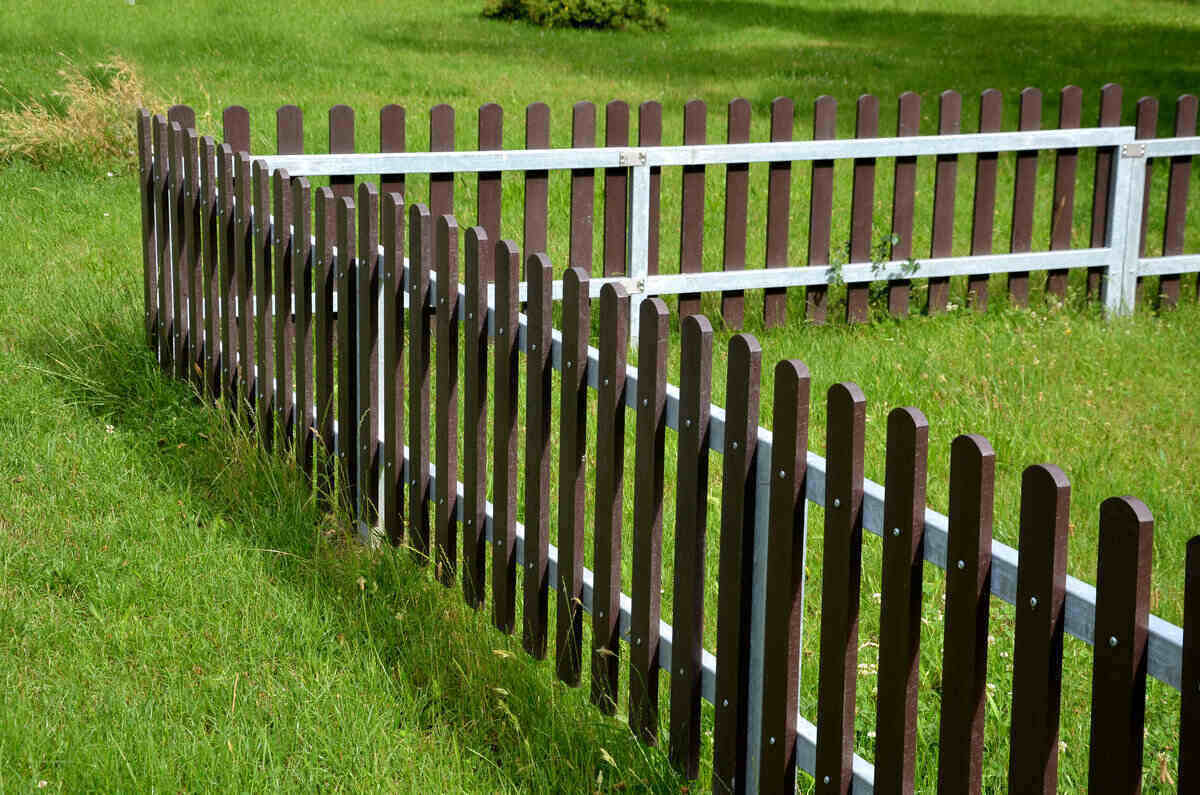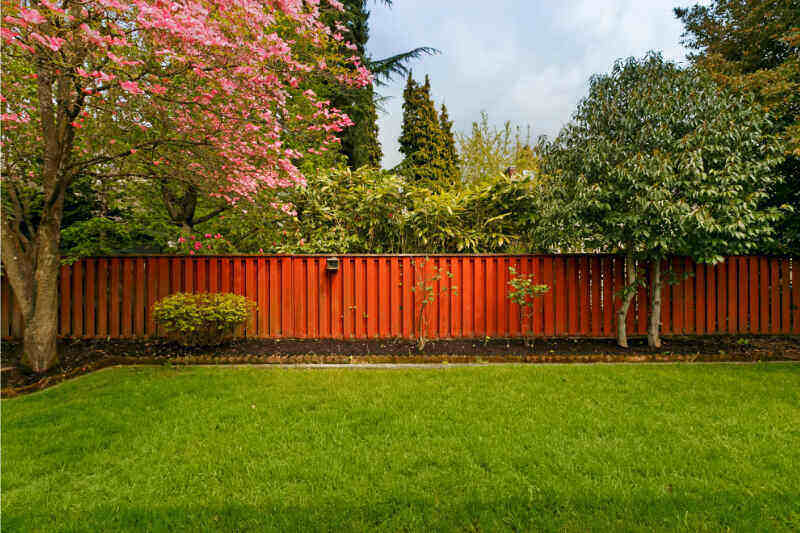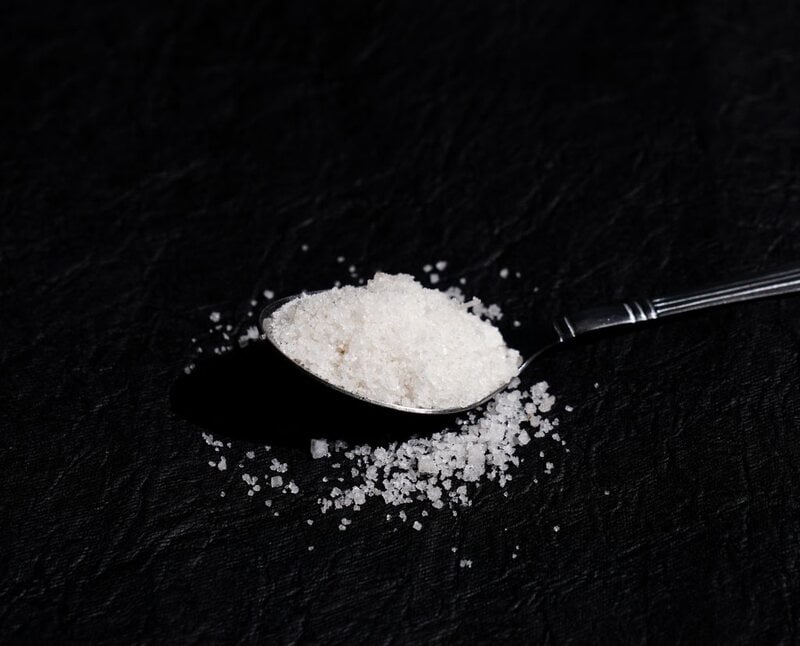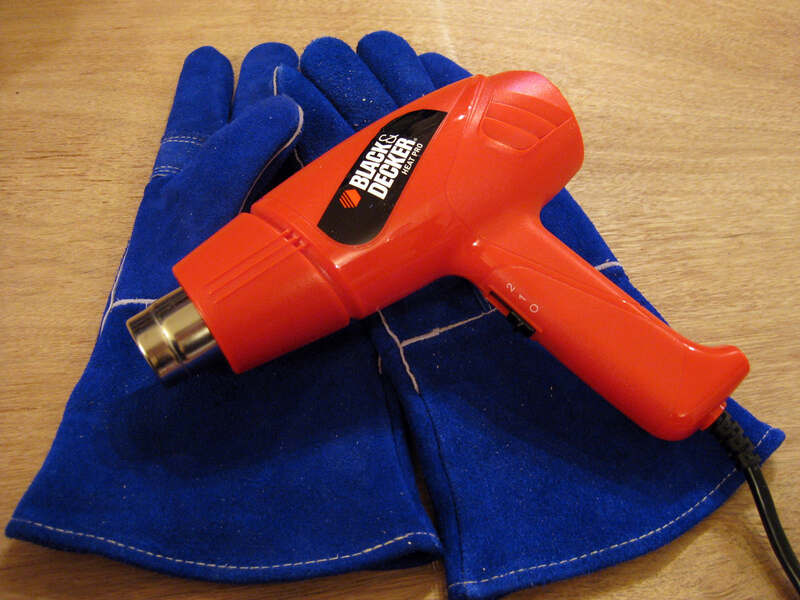
Composite is a solid choice if you need to install or replace a fence because it’s attractive and low maintenance. “Low maintenance” doesn’t mean no maintenance, of course. We’ll explain exactly how to maintain a composite fence, including addressing its cleaning needs, scratches and repairs.
What is a Composite Fence?
Composite fencing is unique because it’s made of 96% recycled materials, including wood fiber, plastic, and sometimes resin. You can typically buy them in either single panels or boards. You’ve likely seen composite surfaces before without realizing it; many decks are made from the same wood-plastic composite (WPC) products and are made to look like natural wood.
Although they require more upfront cost, they’ll save you money long-term by avoiding replacement, treatment, and heavy repairs that come with traditional wooden fences. Because they’re so low maintenance, more homeowners are choosing composite over other fencing options.
How to Maintain a Composite Fence

Cleaning Stains from a Composite Fence
Dirt and Mud
Like any fence, composite fences will accumulate dirt and mud over time. There’s a trick to removing it correctly, though. First, brush the mud off the fence wall with a broom. Next, use a soft bristle brush, soap, and water to scrub any remaining dirt or grime. Be sure to apply pressure along the fencing board grain. Avoid using a coarse brush or working against the grain to avoid unintentional markings.
Grease and Oil
Composite fences are less susceptible to grease and oil stains, but when they do happen, they’re typically easy to remove due to their capped surfaces.
“Capped” refers to the top layer of plastic that rests on composite fence surfaces. The coating is impervious to water, grease, and oil, preventing most permanent stains. Grease and oil can still stick to the composite surface, however, and in this case, apply soap and water with a soft brush as you would with dirt and mud removal. Most all-purpose cleaners will take care of more stubborn stains.
Mold and Mildew
Exposure to mold and mildew is unavoidable for most fences. It’s important to know these key facts about them.
- Mold is a fungus growing on decaying organic matter such as wood, leaves, and pollen.
- Mold spores travel almost unseen through the air, spreading easily in warm, humid conditions.
- Spores land on fences, receive moisture, and take root. They need moisture to thrive.
- Mold appears green and fuzzy or else black and oily.
- Mildew is also a fungus which appears white and powdery and sticks to fence surfaces.
Be careful: Since recycled wood fibers are a large component of composite materials (and organic matter), mold is sometimes manufactured unintentionally into the composite product itself. Manufacturers often denote their products as being mold-resistant, not mold-proof.
Prevent mold by removing the spores before they receive moisture and begin developing. Clean your fence regularly, ideally at least twice a year. Here’s how:
- Remove any leaves, debris, and other organic materials on which mold forms.
- Coat the fence with a composite commercial cleaner and scrub mold away with a soft bristled brush.
- Rinse thoroughly.
Composite commercial cleaners should remove them, but you can also use a white vinegar and water solution (2 parts vinegar and 1 part water) or a pressure washer on a low pressure setting.
Tannin
As you might already know about composite fences, fading happens naturally for the first six months when a new composite fence is exposed to the elements, particularly rain. This fading is due to the loss of tannins, the organic wood oils that combine with wood and plastic to form the composite material.
Precipitation drains the tannins from the panels over time, a process called “extractive bleeding,” which causes the color saturation to fade, most noticeably in lighter colors.
You can recognize tannin stains by their tan or brownish discoloration on the fence surface. There are several options for getting rid of them:
- Commercial tannin stain removers
- An oxalic acid-based composite deck brightener
- One cup of tri-sodium phosphate (TSP), one cup of bleach, and one gallon of warm water
Use the same steps as removing mold and mildew, including clearing any dead leaves and debris from the fence before cleaning with a soft bristle brush.
Salt and Calcium Chloride

You can clear away any build-up of salt and calcium chloride with water and a soft brush or a garden hose. Only use a pressure washer at low pressure and from a distance to avoid damage.
Chalk Marks
Wash away any chalk marks with water and a soft brush, or simply leave them to fade over time. Avoid using colored or construction chalk if possible since it leaves permanent marks and will require a special cleaner. Instead, use regular chalk, baby powder, or temporary marking chalk.
Removing Scratches from a Composite Fence
As many advantages composite fences bring, they’re still vulnerable to scratches and abrasions. Such markings often fade over time, while others might require a little attention to remedy.
Oxalic Acid-Based Deck Brightener
If you don’t want to wait on the weather to work its magic, you can apply WD-40 with a rag or soft brush to the scratch to reduce, if not remove it. You can also speed up the process using the same oxalic acid-based deck brightener that takes care of tannin and mold stains.
Sandpaper
If your composite fence is capped, you can sometimes avoid using chemical cleaners altogether with some simple 60-80 grit sandpaper. Gently brush over the abrasion, but always be sure to do so in the direction of the grain lengthways to avoid creating additional markings or color changes. You’ll likely only need sandpaper to address deeper scratches.
Wire Brush
You can use a wire brush as an alternative to sandpaper if you prefer. The same methodology applies: brush lightly along the grain of the boards. Scrubbing might make the composite panel a touch lighter, but this will disappear within a few weeks.
Heat Gun

A deeper scratch on an uncapped composite fence might require a heat gun. Set it to 450°C and lightly pass over the abrasion, keeping the nozzle ten to fifteen centimeters away from the board surface to prevent overheating and damaging the material. You can then brush over the area gently with sandpaper if necessary.
Suppose you’re inexperienced with a heat gun. In that case, you may decide to practice with a heat gun on scrap composite material or an inconspicuous part of the fence so as not to cause permanent burn marks unintentionally. If you notice a darker spot after use, it doesn’t mean you’ve burned the surface; however, some darkening can be natural and fade over time.
Paint
If done properly, painting can be a reliable way to restore or modify the color or cover scratches and abrasions. The most appropriate approach depends on the type of composite materials, and it’s always best to check to see if the manufacturer offers any painting recommendations. The following step-by-step guide also will walk you through the process.
- Remove or cover plants and surrounding structures to avoid unwanted paint splatter.
- Clear away leaves, dirt, and debris to ensure the paint reaches the entirety of the fence. If you use a garden hose or pressure washer, allow time for the composite material to dry completely.
- Sanding is necessary when painting a WPC fence to achieve an optimally smooth surface. Use 240-grit sandpaper along the grain of the fencing panel. Afterward, wipe the dust away with a broom or soft brush and rinse with water.
- Coat composite walls with acrylic latex exterior primer using a roller or paintbrush. Allow two or more hours for drying.
- Apply acrylic latex enamel paint to the entirety of the fence in the same manner. Only paint along the wood grain. Repeat as necessary and allow four hours for drying.
Repairing Damages on a Composite Fence
Part of what’s so wonderful about composite fences is that you’ll likely never need to make any significant repairs. Composite materials are rot-resistant, but extreme weather conditions can get the best of even the most durable of barriers. That’s when you’ll likely require a warranty-based repair. Contact a professional to make an appointment.
If you don’t have a warranty or you’d like to make the composite fence repairs yourself, you should be able to pick up individual composite boards and panels at your local home improvement store. You can cut, drill, and nail composite wood just as easily as traditional wood.
Whenever you replace a single board or an entire section, you may find that the new composite material’s color doesn’t match the more weathered and faded existing fencing. Keep in mind that new composite fences fade naturally over the course of six months. You may decide to stain or paint your composite surfaces to create consistent coloration once again.
How Long Will a Composite Fence Last?
Composite fences last twenty to thirty years, sometimes even longer. This huge lifespan is due to their wood-plastic component, which allows them to resist much of the wear and tear that traditional wooden fences endure. By comparison, wooden fences typically only last fifteen years with periodic maintenance.
FAQs About Composite Fence Maintenance
We don’t recommend using bleach, as it can damage or break down the composite materials in your fence panels. You can always test its effect out on a hidden part of the fence. In general, you shouldn’t need to use such a potent cleaning agent.
Yes, create a vinegar solution by mixing ½ cup of white vinegar or apple cider vinegar with ¼ cup of baking soda and 1 gallon of water. This will be effective in removing mold and mildew, too.
Clear debris like leaves and dirt from the fence, including between any boards or small spaces. This will prevent mold from growing between the boards.
When removing ice, use a plastic shovel instead of a metal one to avoid accidentally scratching the fence.
Pressure washers are not ideal for cleaning composite materials, but they can be safe if used cautiously, and the pressure is no greater than 3100 psi. Pressure washers are great for removing dirt and dust but not for stains.
To use the pressure washer safely, spray the fence with soap, gently scrub it, and then spray each board with a fan tip at about a foot’s distance from the surface. Rinse thoroughly next, as dirty water left on the surface will dry as a grimy layer.
Maximize the Lifespan of Your Composite Fence
Your composite fence is not only a primary source of privacy, but it’s also often the first impression the outside world gets of your home. It’s important to take pride in the wellness and appearance of your fence walls.
If you don’t have the time to clean and maintain them or don’t want the hassle, don’t let that stop you from making sure it stands the test of time. Instead, contact a local fence contractor if you want help with composite fence maintenance.
Main Image Credit: Shutterstock